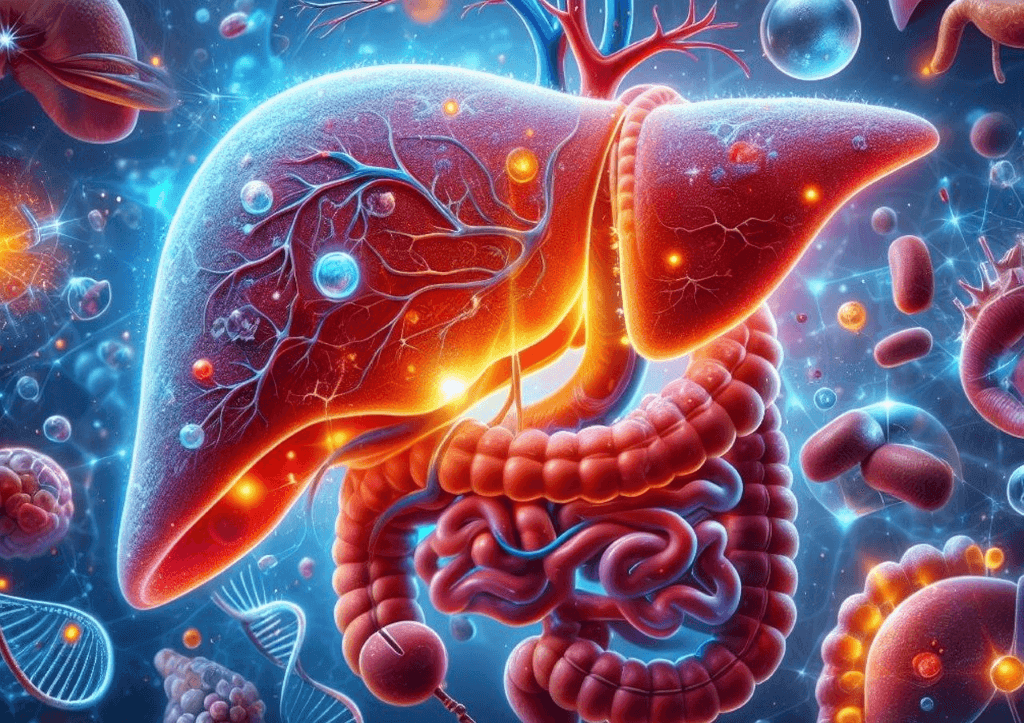If you think urinary illnesses and conditions are more of a nuisance than a looming grim reaper, you may be right. According to a Johns Hopkins Medicine report, an estimated 25 million people in the US experience incontinence. In addition, a study published in the National Library of Medicine found that 50% or more of women will experience a urinary tract infection at some point in their lifetime. Men are a little more fortunate in this regard, with around one in eight being affected, according to this WebMD article.
On a positive note, neither condition is considered a significant cause of death. The global mortality rate for UTIs is less than 3 in 100,000, and the majority of these fatalities would likely result from complications or because the infection was inadequately treated. There is very little evidence available that incontinence is a direct cause of death. It can, however, lead to or exacerbate other, more serious health problems that are ultimately fatal.
And this is the conundrum that we want to talk about. Whilst both conditions are individually challenging but manageable, they become a somewhat more formidable foe when acting in tandem. The synergy of their symptoms increases the risk of recurrent infections, kidney problems and sepsis. It can also amplify the effects of other underlying conditions, potentially triggering a rapid deterioration in overall health, particularly among older adults.
The Link Between Incontinence and UTIs
The co-existence of incontinence and UTIs is particularly common among older adults, especially women. The relationship between these conditions is complex and interrelated. Incontinence can prevent the bladder from emptying completely. The residual urine becomes a breeding ground for bacteria, increasing the likelihood of infection. Increased frequency of urination, another consequence of incontinence, can irritate the bladder and urethra, making them more susceptible to bacterial invasion. On the other hand, recurrent UTIs can cause bladder inflammation and scarring, leading to or worsening incontinence.
When incontinence and a urinary tract infection occur together, they create a vicious cycle of recurrent infections, bladder dysfunction, and aggravated incontinence. This cycle not only affects physical health but also profoundly impacts mental and emotional health. Chronic UTIs can lead to serious complications, such as kidney infections or sepsis, and the embarrassment associated with incontinence can lead to social isolation, anxiety, and depression.
Management and Treatment
When treating or managing incontinence, most people would initially choose to implement lifestyle changes to address probable underlying causes. Common strategies include losing weight, quitting smoking, and performing pelvic floor exercises (Kegel exercises) to help strengthen the muscles that control urination.
In some cases, a medical professional may prescribe medications that relax the bladder or reduce urgency, and in the most severe cases, surgery may be the only viable solution. Absorbent products, such as pads or adult diapers, help manage symptoms and preserve quality of life, whether used in conjunction with other therapies or as a stand-alone solution. This article discusses incontinence treatment options in more detail.
UTIs are typically treated with antibiotics to eliminate the infection. The specific antibiotic prescribed depends on the type of bacteria causing the infection and the patient's medical history. In addition to antibiotic therapy, non-antibiotic treatments, such as cranberry supplements or probiotics, may help reduce the risk of recurrence. Preventive measures, such as staying hydrated, practicing good hygiene, and urinating after sexual activity, can also help lower the risk of developing UTIs.
Given the interconnected nature of incontinence and a urinary tract infection when they occur simultaneously, an integrated care approach is often necessary for effective management. This may involve intensifying the treatment for each condition. For example, targeted antibiotic therapy can be combined with probiotics and cranberry extract to more effectively counter UTI bacteria, while bladder management and training techniques can bolster incontinence therapy.
Special Considerations
Older adults are particularly vulnerable to the combined challenges of incontinence and UTIs. Age-related changes in the urinary system, such as decreased bladder capacity and weakened pelvic floor muscles, increase the risk of incontinence. In addition, the immune system's ability to fight off infections declines with age, making older adults more susceptible to UTIs. Managing these conditions in older adults can be challenging due to factors like polypharmacy (the use of multiple medications), other age-related conditions and limited mobility.
Women are disproportionately affected by both incontinence and UTIs. The anatomical differences between men and women, particularly the shorter length of the female urethra, contribute to the higher prevalence of UTIs in women. Hormonal changes during pregnancy, childbirth, and menopause can also weaken the pelvic floor muscles and increase the risk of incontinence.
The psychological and social impact of living with incontinence and UTIs can be profound. Many individuals feel embarrassed or ashamed of their condition, leading to a reluctance to seek help or discuss their symptoms with healthcare providers. This stigma can cause anxiety and depression and lead to social withdrawal. It’s just as important to recognize the emotional and social aspects of incontinence and a urinary tract infection as it is to treat the physical symptoms.
Future Directions and Research
Ongoing research and technological advances offer hope for better managing incontinence and UTIs. Emerging therapies, such as regenerative medicine techniques that use stem cells to repair damaged bladder tissue, hold promise for restoring normal bladder function. Technological innovations, including wearable devices that monitor bladder activity or smart diapers that detect moisture, can help individuals manage their symptoms more effectively.
Despite the progress in understanding and treating incontinence and UTIs, there is still much to learn. More studies are needed to explore the long-term outcomes of current treatment strategies, particularly in older adults and those with multiple health conditions. There is also a need for research into developing therapies that can simultaneously address both conditions.
Conclusion
Incontinence and urinary tract infections are both challenging conditions in their own right. And far too frequently, they can both manifest simultaneously, especially among older adults and women. However, with a few lifestyle changes and medical treatment where appropriate, the symptoms can be managed, reducing the risk of complications and improving quality of life.
While the journey may be challenging, there is hope and support available. At LL Medico, we understand these challenges. We have 30 years of experience in senior care products and an extensive range of products to help you manage your incontinence and urinary tract infection. For the best in adult diapers, incontinence supplies and personal hygiene products, call LL Medico today at (855) 422-4556 or email support@llmedico.com.
Let’s take courage from Helen Keller’s words, "Although the world is full of suffering, it is also full of the overcoming of it." The challenges of incontinence and UTIs may not be easy, but with perseverance and support, it is possible to overcome them.






 855-422-4556
855-422-4556 Chat
Chat E-Mail
E-Mail Monday - Friday 9:00AM to 5:00PM EST
Monday - Friday 9:00AM to 5:00PM EST






 Shopping With LL Medico
Shopping With LL Medico



 855-422-4556
855-422-4556